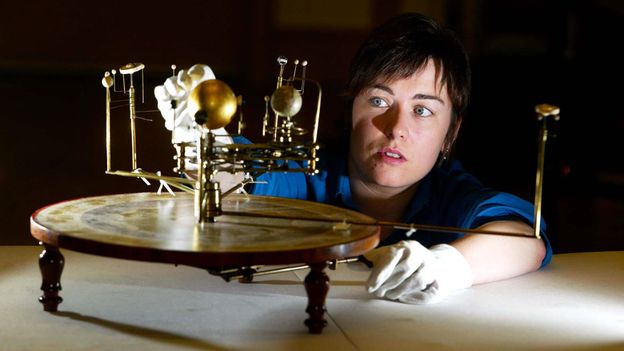Here is an interesting story of how the Pope, in 1582, had 10 days dropped from the calendar and why there isn't always a leap year every four years.
As the Julian calendar marked the passing of century after century, its shortcoming became clearer. The years were about 11 minutes too long, thus losing about three days every 400 years. That was not slippage that anyone would notice in a lifetime, but by the 16th century, it had added up. The dates were about 10 days misaligned with solstices, church festivals and other seasonal markers. Easter in particular (which depends on it own lunar formula) was way out of whack. In 1582, Pope Gregory XIII decided that a tweak was due.
It was not a big change. His Jesuit astronomer dropped 10 days from that year to get things reset and corrected future slippage by eliminating three leap days every 400 years. We still follow Gregory’s rule: There is no leap day (Feb. 29) in centennial years (1700, 1800 and 1900) except for centennial years divisible by 400 (which is why 2000 was a leap year but 2100 will not be).

 www.bbc.com
www.bbc.com

